Varicose veins and spider veins are common issues that can affect anyone, especially as we age. These unsightly and often uncomfortable conditions can be managed and even prevented with a few simple lifestyle changes. In this blog post, we will explore the causes of varicose and spider veins, the importance of making adjustments to our daily routines, and effective strategies to promote vein health. If you’re a health-conscious adult, fitness enthusiast, or someone already dealing with these issues, read on to learn how you can take control and improve your vein health.
Understanding Varicose Veins and Spider Veins
Varicose veins are swollen, twisted veins that often appear on the legs. They occur when the valves in the veins become weak or damaged, causing blood to pool and the veins to enlarge. Spider veins are smaller, red or blue veins that also twist and turn, resembling a spider’s web. They are usually found on the face and legs.
Symptoms of varicose veins include aching, swelling, and a heavy feeling in the legs. Risk factors for developing these conditions include age, genetics, pregnancy, obesity, and prolonged standing or sitting. There are many misconceptions about varicose and spider veins, such as the belief that they are purely cosmetic. In reality, they can lead to more serious health problems if not addressed.
Understanding the causes and symptoms of varicose and spider veins is the first step in preventing and managing them. By making informed lifestyle choices, you can reduce your risk and improve your overall vein health.
The Role of Diet
A balanced diet plays a crucial role in maintaining healthy veins. Eating foods that promote good circulation and reduce inflammation can help prevent varicose and spider veins. Some of the best foods for vein health include fruits and vegetables rich in antioxidants, such as berries, citrus fruits, and leafy greens.
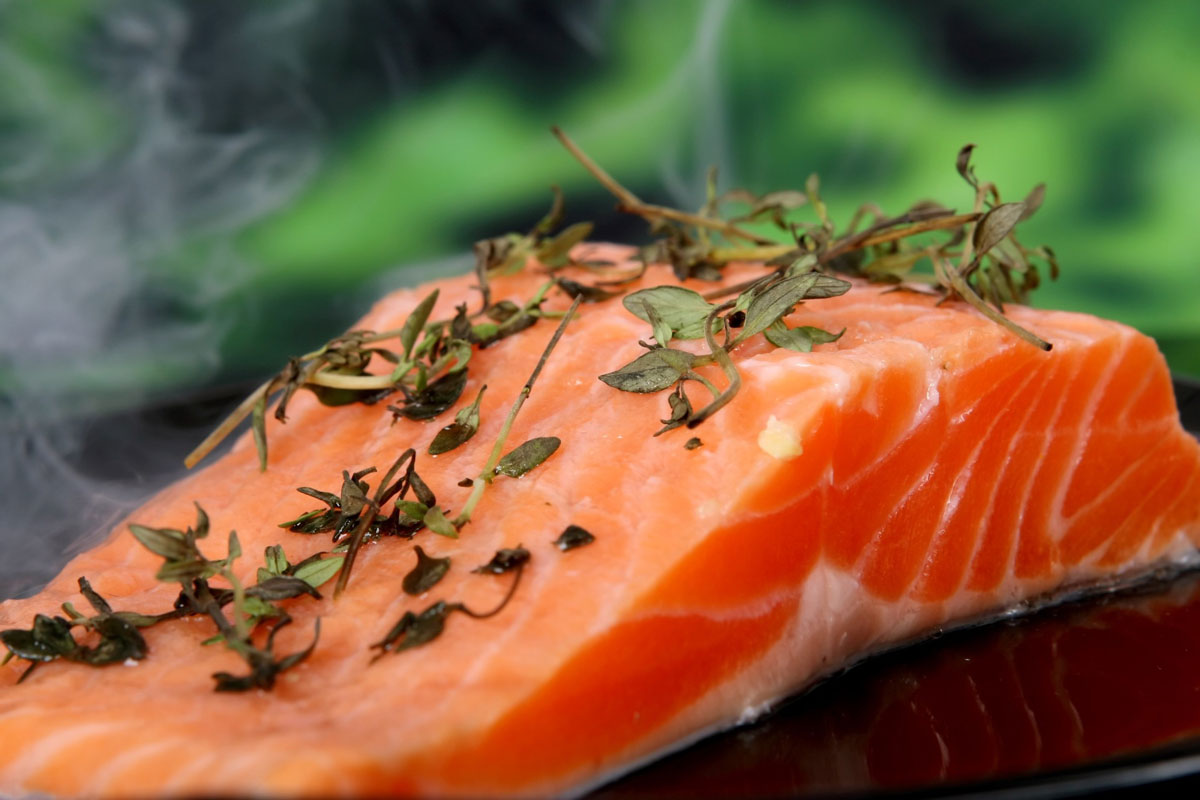
Omega-3 fatty acids found in fish, nuts, and seeds can also improve circulation and reduce inflammation. Whole grains, like oats and brown rice, provide essential fiber, which helps maintain a healthy weight and prevents constipation—a contributing factor to vein issues. Additionally, staying hydrated by drinking plenty of water is essential for maintaining good blood flow and reducing the risk of vein problems.
By incorporating these nutrient-rich foods into your daily diet, you can support your vein health and reduce the likelihood of developing varicose and spider veins.
Importance of Physical Activity
Regular exercise is one of the most effective ways to prevent and manage varicose and spider veins. Physical activity for vein health helps improve circulation, strengthen the muscles in your legs, and maintain a healthy weight. Aim for at least 30 minutes of moderate exercise most days of the week.
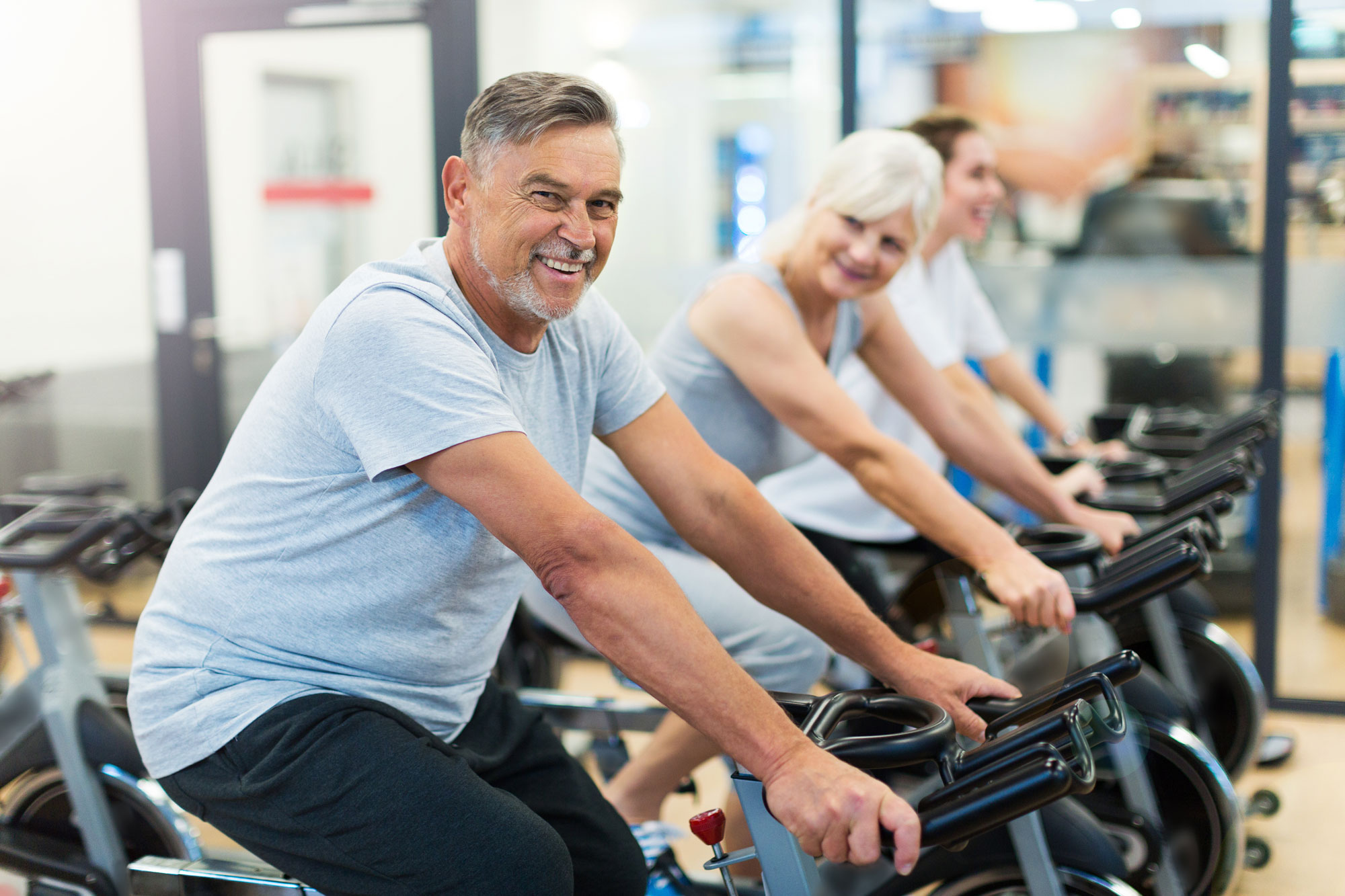
Walking, swimming, and cycling are excellent low-impact exercises that promote good circulation without putting too much strain on your veins. For those with limited mobility, simple activities like leg lifts, ankle flexes, and calf raises can also be beneficial.
It’s important to find an exercise routine that works for your fitness level and lifestyle. By staying active, you can improve your vein health and reduce the risk of developing varicose and spider veins.
Lifestyle Adjustments
Making small adjustments to your daily routine can have a significant impact on your vein health. Avoid prolonged periods of sitting or standing, as these can contribute to vein issues. If your job requires long hours of sitting or standing, try to take breaks and move around every hour.
Incorporate more movement into your daily life by taking the stairs instead of the elevator, walking or biking to work, and doing simple stretches throughout the day. Elevate your legs whenever possible to improve circulation and reduce swelling.
By making these simple changes, you can support your vein health and prevent the development of varicose and spider veins.
Wearing Compression Stockings
Compression stockings are a valuable tool for those at risk of or already experiencing varicose and spider veins. These specially designed stockings apply gentle pressure to your legs, helping to improve circulation and reduce swelling.
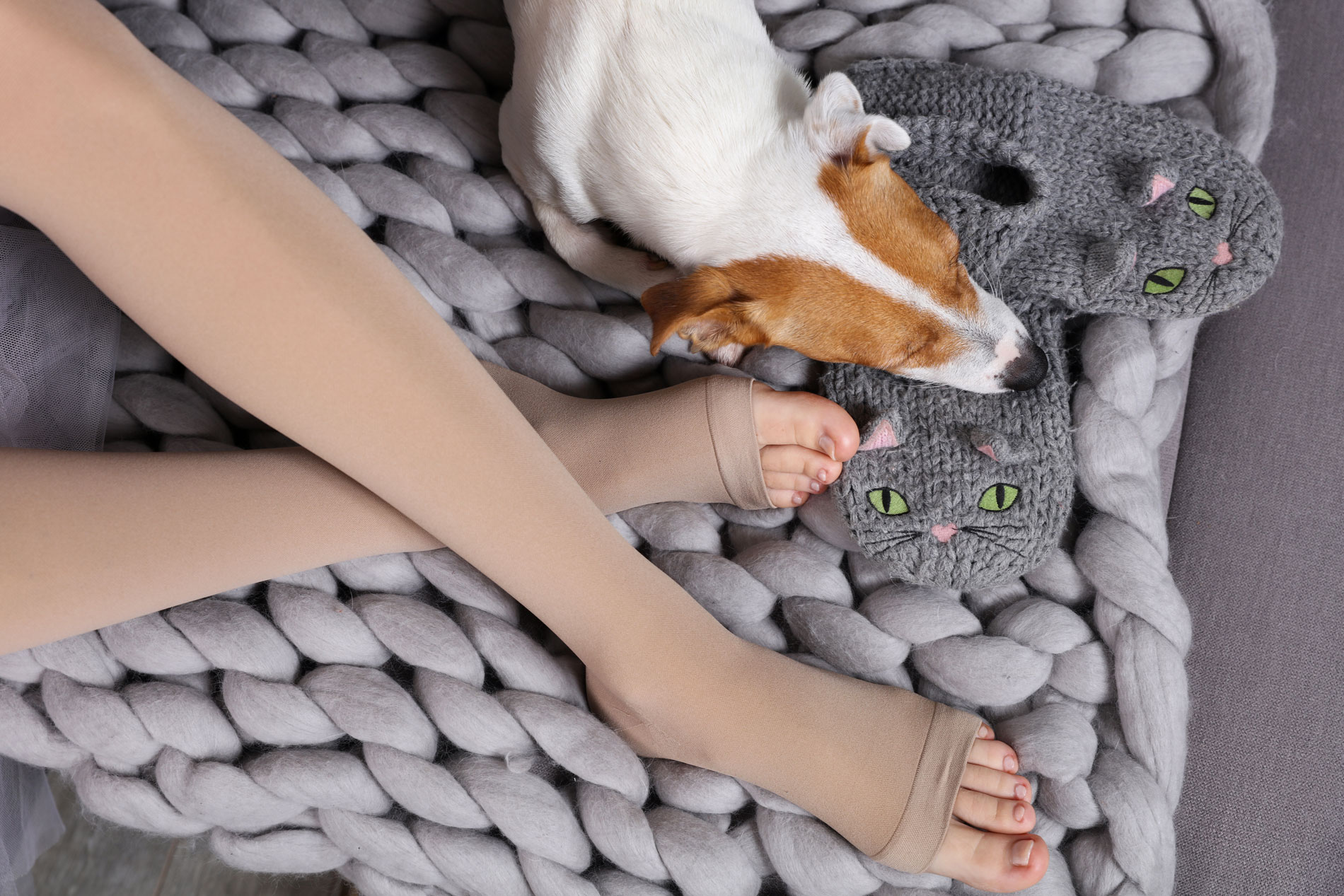
Compression stockings come in various styles, lengths, and compression levels. It’s important to choose the right type for your needs and consult with a healthcare professional for proper fitting and guidance. Wearing compression stockings regularly can help alleviate symptoms and prevent the progression of vein issues.
Incorporating compression stockings into your daily routine can make a significant difference in your vein health and overall comfort.
Weight Management
Maintaining a healthy weight is essential for vein health. Excess weight puts additional pressure on your veins, increasing the risk of developing varicose and spider veins. Achieving and maintaining a healthy weight can help reduce this pressure and improve circulation.
Focus on a balanced diet rich in fruits, vegetables, whole grains, and lean proteins. Combine this with regular physical activity to achieve and maintain a healthy weight. If you’re struggling with weight management, consider seeking support from a healthcare professional or a registered dietitian.
By maintaining a healthy weight, you can significantly reduce your risk of developing varicose and spider veins and improve your overall health.
Other Preventive Measures
In addition to diet, exercise, and weight management, there are other lifestyle changes you can make to support vein health. Proper hydration is crucial for maintaining good blood flow and preventing vein issues. Aim to drink at least 8 glasses of water a day.
Skin care is also important, as healthy skin can help prevent vein problems. Keep your skin moisturized and protect it from the sun to maintain its elasticity and prevent damage. Avoid excessive heat, such as hot baths or saunas, which can cause veins to dilate and worsen vein issues.
By incorporating these preventive measures into your daily routine, you can support your vein health and reduce the risk of developing varicose and spider veins.
Lifestyle Changes For Better Vein Health
Varicose and spider veins can be uncomfortable and unsightly, but they are not inevitable. By making simple lifestyle changes, you can prevent and manage these conditions and improve your overall vein health.
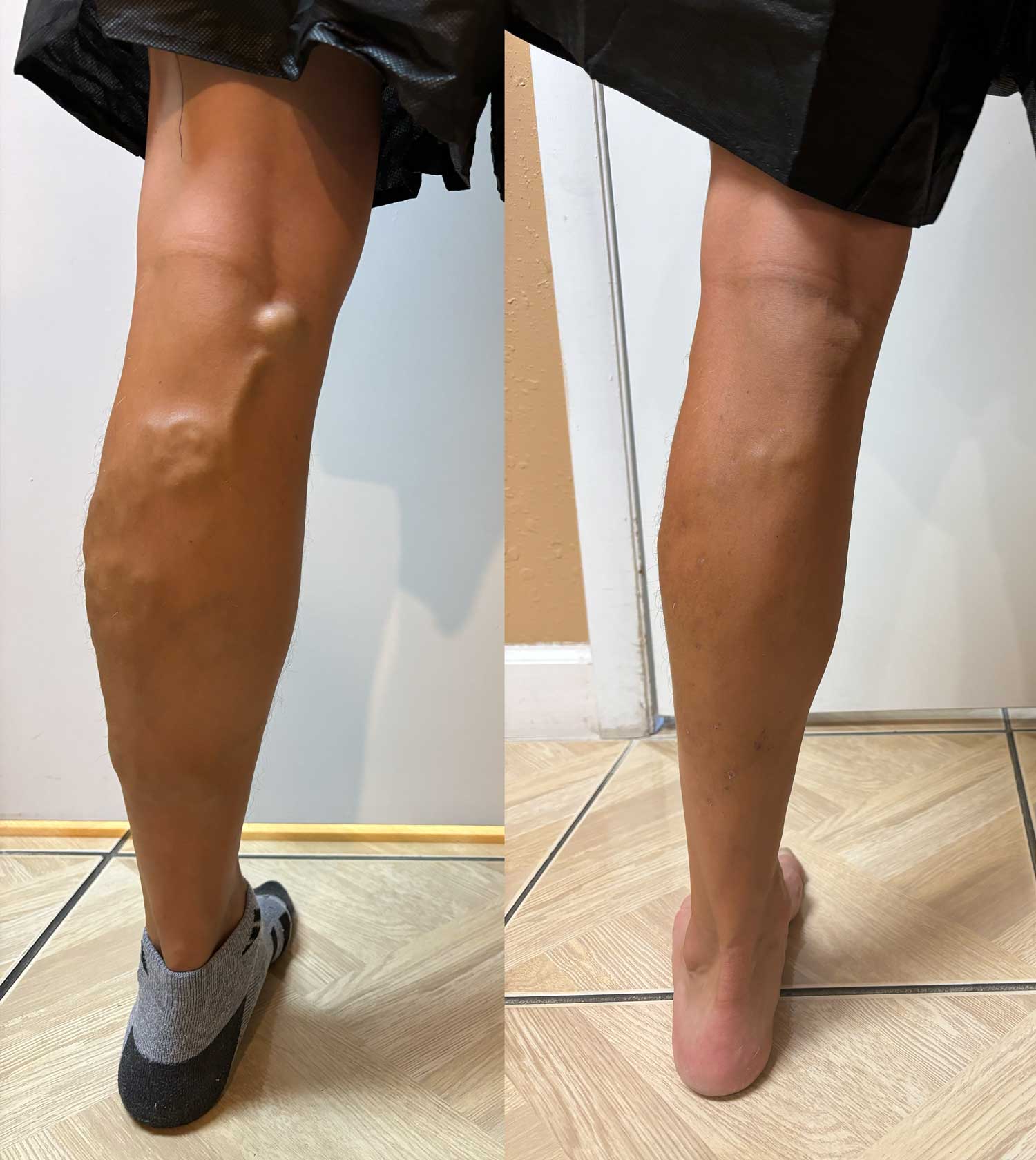
Remember to maintain a balanced diet, stay physically active, make small adjustments to your daily routine, wear compression stockings if needed, manage your weight, and adopt other preventive measures. These changes can make a significant difference in your vein health and overall well-being.
If you’re concerned about your vein health or need personalized advice, consider consulting a healthcare professional. They can provide guidance and support to help you achieve and maintain healthy veins.
Take control of your vein health today and enjoy a more comfortable, active, and healthy lifestyle. Contact us for a free consultation.

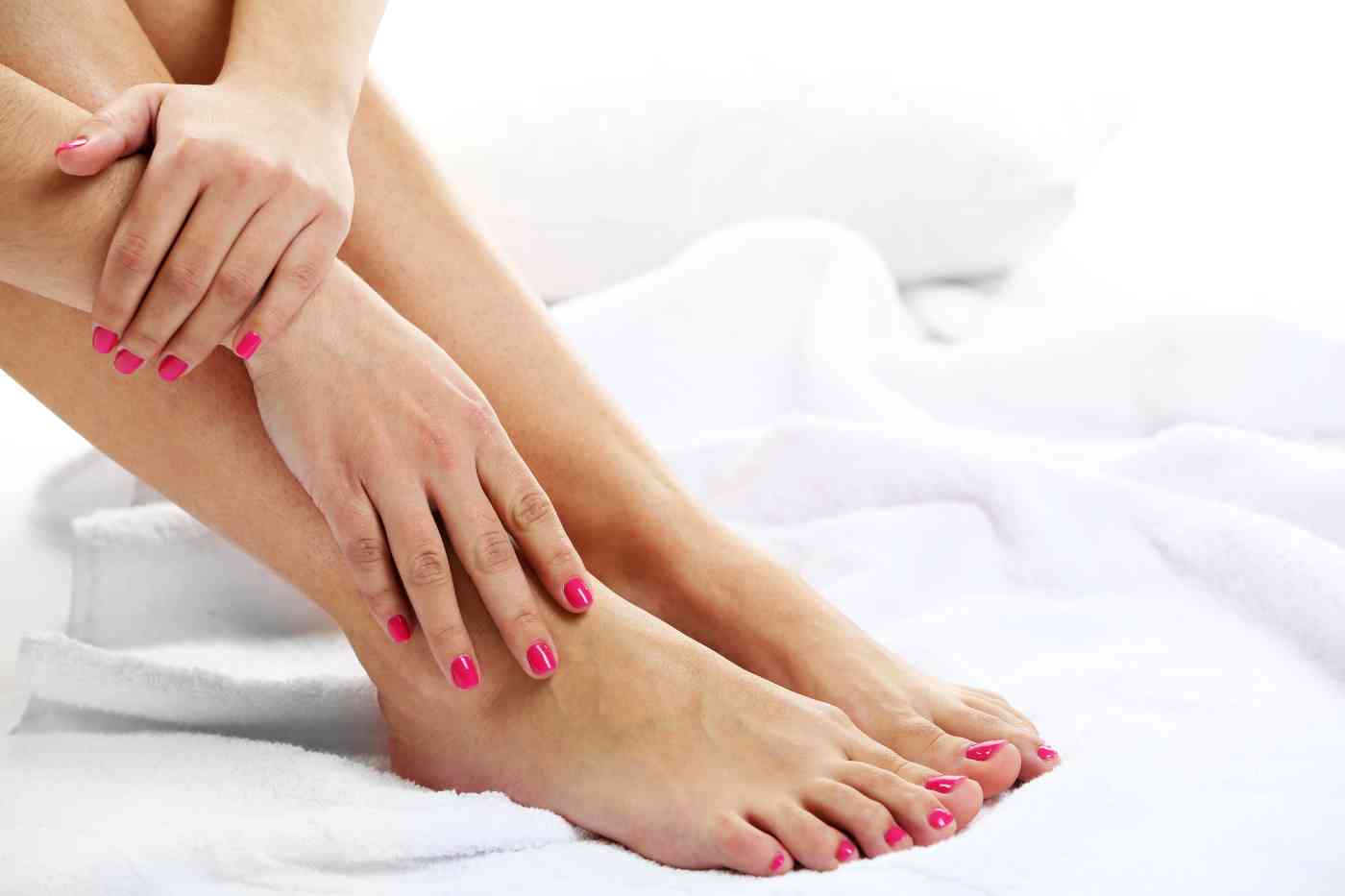
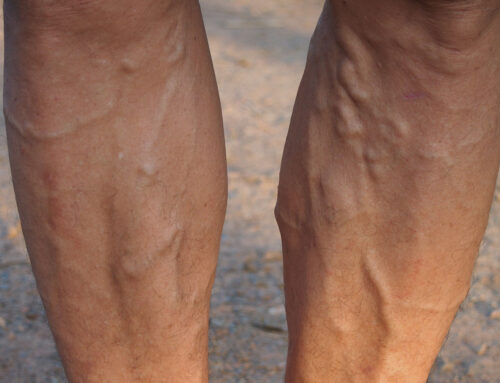

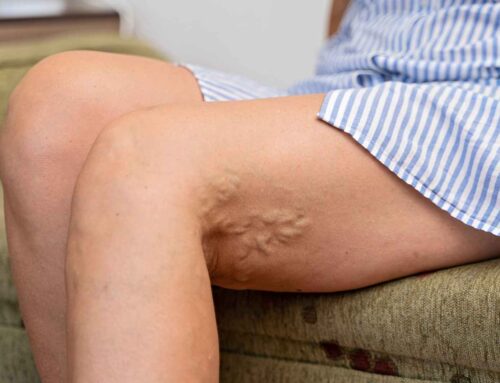

Leave A Comment